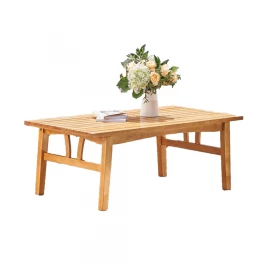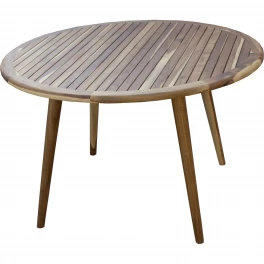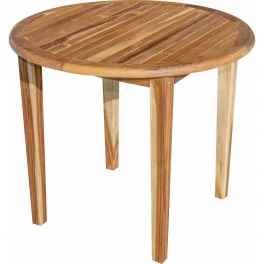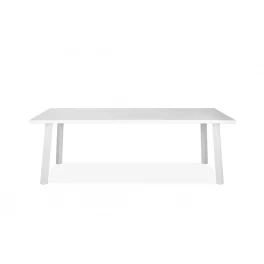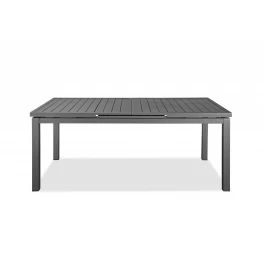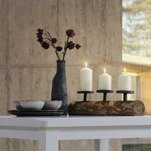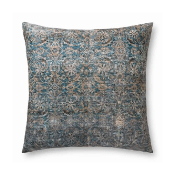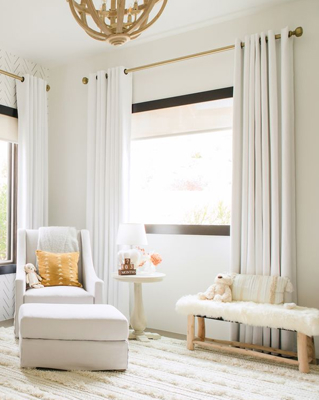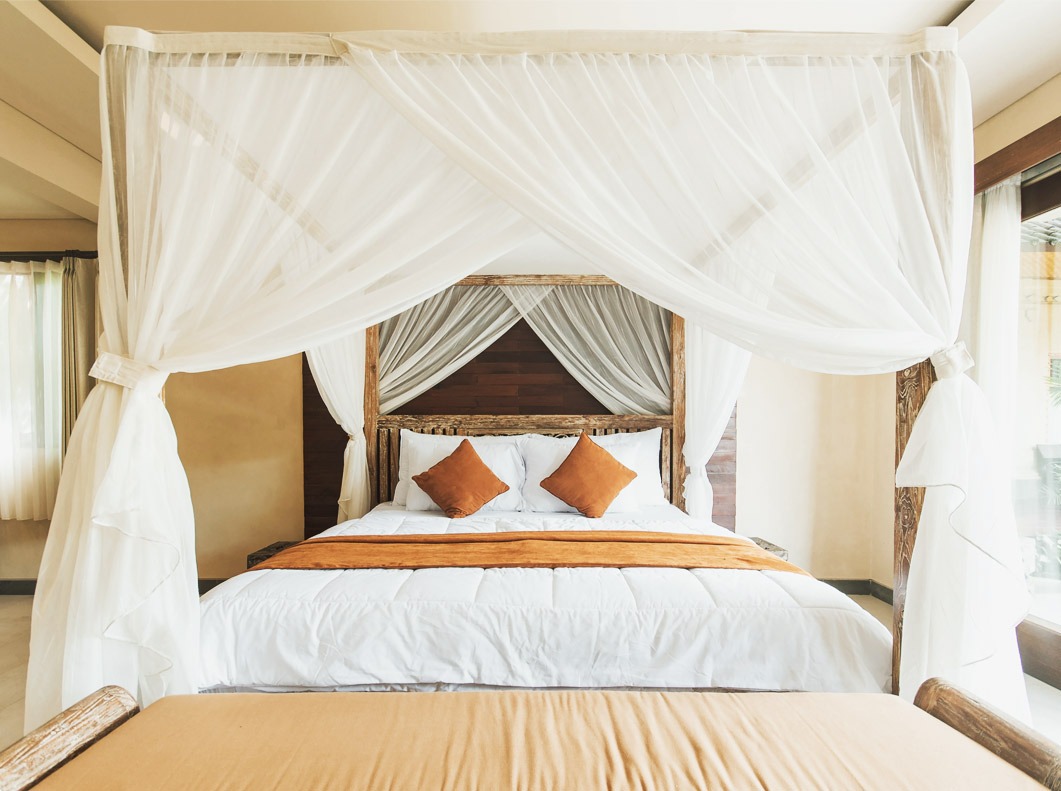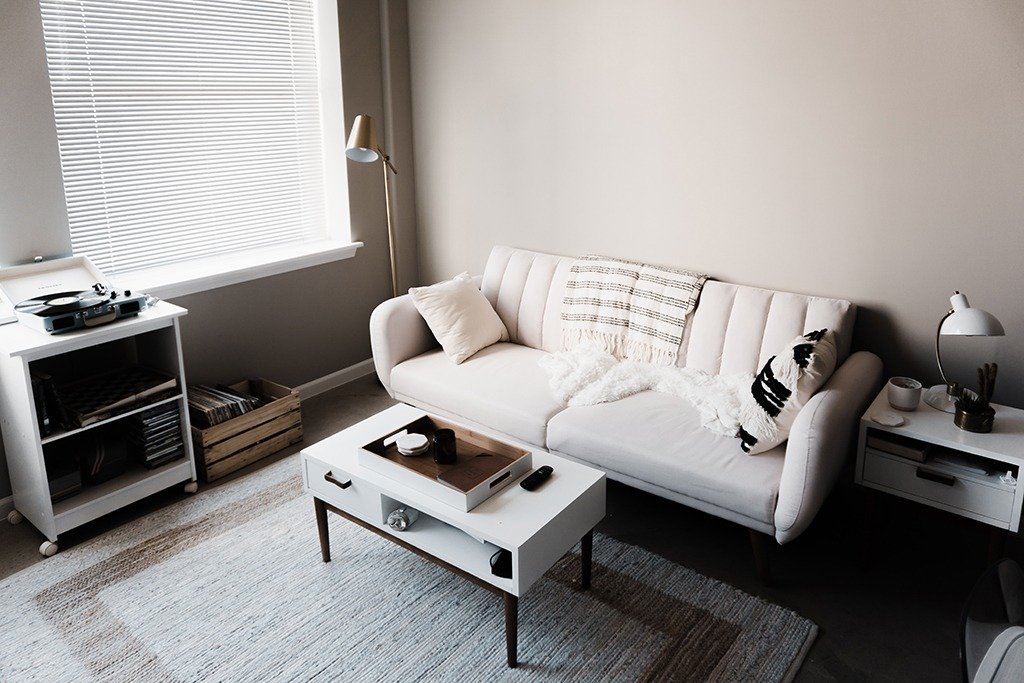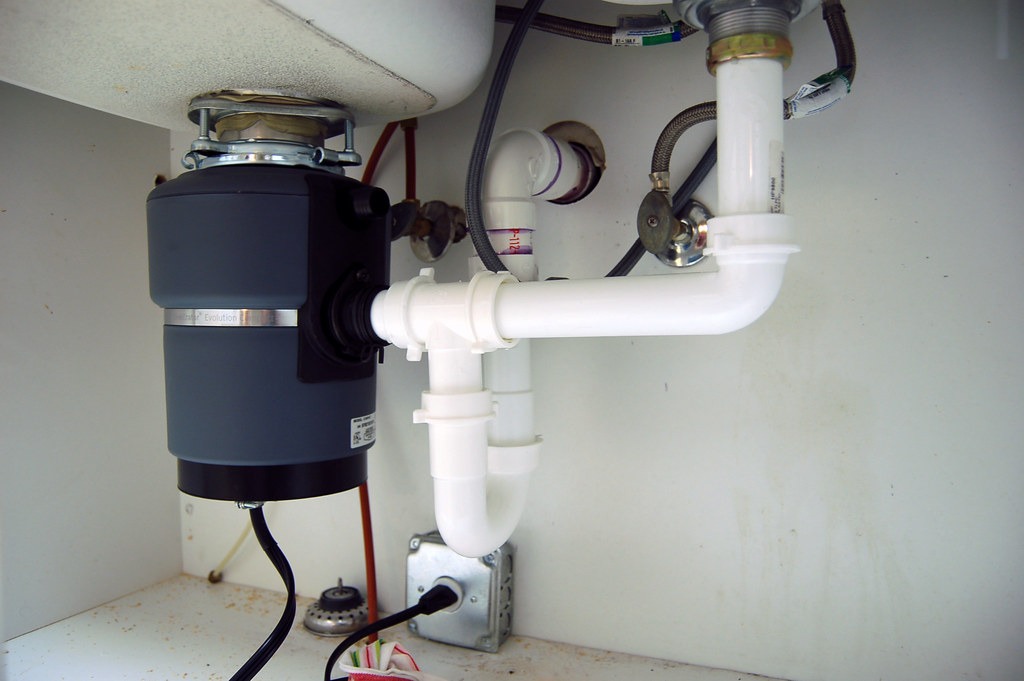Because the dining/kitchen table itself is usually the main focal point of the room it’s in, there’s a certain level of style and structural consideration it deserves when you’re decorating your dining space. Beyond centerpieces and place settings, it’s important to weigh the different table shapes and sizes against each other to find something that fits your needs and desires.
Selecting a table shape goes beyond just which shape you prefer. For example, the physical dining room area dimensions play a role in what shape dining table will fit, along with the size of your family or number of people you would usually have sitting around the table on a given night.
When you match a dining room table shape to fit the function it serves, you will create a space that’s both aesthetically pleasing and practical. So what are the different table shapes? What purposes does each shape serve? We’re breaking it down to help you find your best match.
Rectangle Tables
A rectangular table is probably the most common of the bunch, and there’s a reason for that. Because dining rooms are typically in a rectangular shape, the matching rectangular shape naturally fits best. The shape is also very versatile and fits well in both modern and more traditional dining settings.
A rectangular dining table is also convenient as it can accommodate more than four people, especially if it comes with an extra leaf for extending the length. When you’re not using the table, its angular shape allows for it to be pushed aside neatly into the corner if need be, unlike a round or oval table, which would take up more room because of its lack of angles.
Ideally, a rectangle dining table should be 36 to 42 inches across. Anything that’s too wide and the table will give off a rather impersonal feel. Don’t be afraid to go for narrow. Even a table 28 inches wide will allow space for shared dishes and, even more so, will bring your guests closer together (literally).
Round Tables
As long as your space affords for it, a round table generally fits well in any shape dining room. Circular tables also make for clever use of the space available, and with no corners, are able to seat the maximum number of guests possible (depending on the table’s circumference).

Photo by dnaveh on Shutterstock
What are the benefits of a round table? A round dining room table is ideal for anyone looking to create an atmosphere of intimacy. Think about it: at a dinner party with a rectangular table, you’re stuck talking with the people on either side of you unless you’re willing to shout across the room. At a rectangular table, everyone can see and hear each other, and the food dishes are also usually within easy access.
What are the drawbacks? You should cap the seating at a normally-sized, round dining table between six and eight guests (a 60-inch circumference). If your space can only accommodate a table that’s about 48 inches, well, stick with that because anything smaller and things will start to feel cramped.
Oval Tables
Stuck on round vs. rectangular dining table? Oval may just be the shape you’re looking for! This unique shape combines the best of both worlds: the linear layout of a rectangular table with the intimacy and flexibility of a round table.
Technically, an oval table is the same as a rectangular dining table, but the oval’s rounded corners incorporate curves into the space, breaking up angular lines and softening the overall feel of the room. Psychologically, the curved edges of an oval table can help the energy flow more fluidly than the harsh lines of a rectangle, and people are likely to use the area more freely than if they had to avoid sharp corners (also making it a great safety option when you have kids).
Furthermore, the oval dining table is a great option when you have a narrower or smaller room but still need to seat several people.
Square Tables
As crazy as the concept may seem, a square table pairs best in a square room! The symmetrical, geometric shape helps create a sense of balance in a square room. The shape is also perfect for smaller homes or apartments where the table may need to serve a multi-functional purpose.
If you don’t need the extra room taken up by a rectangular table, a square dining table is a great choice. In fact, using a larger table that only two or three people will occupy on a regular basis can leave the space feeling cold.
Does square seem too small but rectangle too big? Should you need a larger dining table, pushing two square tables together often works better than using a single rectangular table, as the width of the table increases with the length.
Depending on your available space and personal style preferences, each of these tables can be a wonderful fit in your home. Take measurements — consider the size of your dining area — and weigh the pros and cons of each shape before investing in a dining piece for your home.




